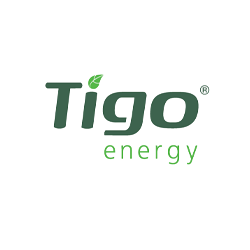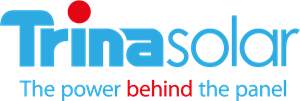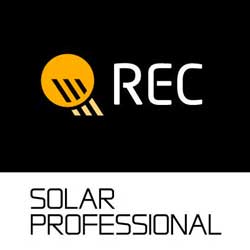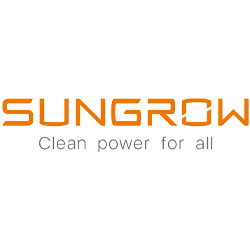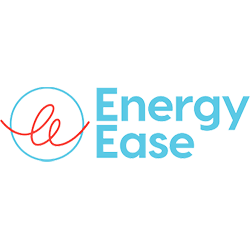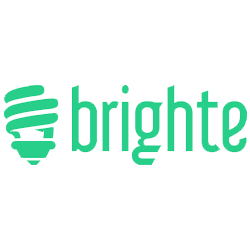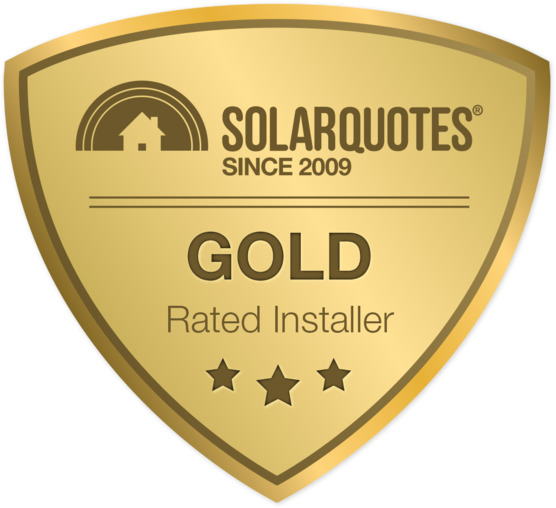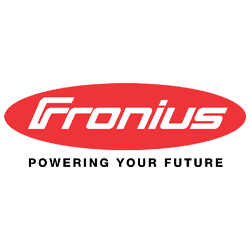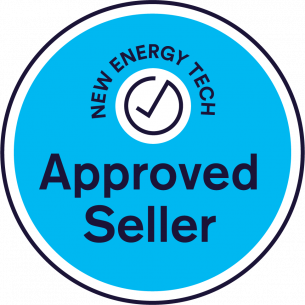Go Solar, Choose SolarWide
Great Returns
Quality Solar can offer one of the best financial return on your investment. That's why SolarWide systems are built to last.
Learn moreIncrease Property Value
Solar & Battery are highly desirable in a modern home and can add value when you're ready to sell.
Learn moreProtect Against Bill Shock
With a well designed solar system your future electricity bill should always be much lower than what you pay now.
Learn moreUnlocking Savings with Solar Power
Solar power is a sound investment that will absolutley save you money over time. With a 11.5 kW system, the benefits are clear. Savings depend on household energy usage, but with appliances like hot water systems and pool pumps, the savings can be substantial.
Solar power pays for itself relatively quickly, making it a wise choice for businesses looking to cut down on utility expenses. Even with minimal usage during the day, solar can significantly reduce electricity bills, contributing to long-term cost savings.
From a business perspective, solar power offers a win-win solution: it lowers operational costs while promoting sustainability. So, whether you’re aiming to reduce your environmental impact or simply seeking to cut expenses, solar power is a smart investment for your bottom line.
Great Returns
Are you wondering how much money solar can really generate? What is the reality versus the hype?
Over the past 10 years, we have learned that on the Sunshine Coast with our currently relatively high electricity cost per kWh, solar will right now possibly give the best Return on Investment (ROI) compared with money in the bank, shares or other lucrative investments.
On average if one uses 50% – 60% of the solar-generated from a 6.6kW solar system then on a standard home one can expect around $1600 to $1700 financial benefit per year. A 10kW PV system for a large home with high consumption has the potential to give a benefit of around $2500. This means a quality solar system installed via SolarWide can deliver around 20% – 25% return for many years to come.
For more information please see our blog – Is solar really worth it and what are the potential returns on the Sunshine Coast.
Increased Property Values
Buyers of new homes are looking for many features with a property. Energy use and energy efficiency have increased in importance over the past years. Furthermore, the realisation by property purchasers that quality solar can produce a solid return has led to the rise in the value of properties that have well designed solar systems installed.
It has been found in surveys that the homes fitted with a solar panel system are valued or sold at a higher price compared to similar homes without it.
By installing solar you are adding a new benefit to your home, just like an energy-efficient air-conditioning system or an outdoor pool. The PV system will add benefits, desirability and more value to your home or business.
For more information, please see our blog: “Does solar add value to one’s property on the Sunshine Coast?“
Protect Against Bill Shock
Electricity prices have increased over the past decade, often by double the inflation rate. This means electricity bills have moved from one of the standard living expenses to one that many households dread.
The famous term “Bill Shock” refers to an unusually high electricity bill, maybe after an unusually hot summer, when electricity was used via the air conditioning system to cool the home for long periods.
With a well-designed solar system by SolarWide, any electricity bill shock will be a thing of the past. This is because most of the daily electricity consumption will be covered by the renewable energy generated via the rooftop solar power solution on the premises.
In order to stay on top of your bills also some behavioural changes will have a positive impact, meaning for example put the washing machine on during the day and not at night.
For more information, please see our blog: “Will solar protect you against Bill Shock”?

Want to learn more?
If you would like to know more about why you should install solar, feel free to download the REC Solar – Customer’s Guide to Solar down below to learn more.
FAQ's
How much return can you get from a high quality solar system on the Sunshine Coast?
Let’s assume the roof is a standard roof with let’s say 20-degree pitch and the panels can be installed in various directions. We now also assume a 3-4 person household with average electricity consumption of 25.5 kWh per day.
With such an electricity consumption and a 28c per kWh cost, a quarterly bill of around $650 would be expected. If consumption is consistent during the year such a household will face an annual electricity bill of around $2600.
If the consumption for the whole day is divided up as follows: 30% consumption during the night, after sunset being 6.6kWh. Then we assume 25% of electricity consumption before midday and 45% between midday and sunset. So during the day on average we have a consumption of 15.4 kWh. In such a consumption pattern we would ideally place 40% of panels east or northeast and the remaining solar modules North, North-West or West.
Using Clean Energy Council approved data for the postcode of 4558, being in this instance Maroochydore we get the following electricity generation for a standard 6.6 kW size system in good condition at a total of 11,194 kWh.
Divided by average by months or days the output result would be most likely as follows:
| July | Aug | Sep | Oct | Nov | Dec | Jan | Feb | Mar | Apr | May | Jun | |
| Electricity output in kWh | 644 | 805 | 993 | 1091 | 1211 | 1227 | 1178 | 1058 | 955 | 810 | 649 | 573 |
| 21 | 26 | 33 | 36 | 40 | 40 | 39 | 35 | 31 | 27 | 21 | 19 |
If we now assume that out of the overall generated electricity 55% is used and 45% is exported then the financial benefit for this 6.6kw system is as follows:
11,194 is the total generation per year. 55% self-consumption savings is 6157 kWh of electricity saved at a value of 6157 x 0.28c (price per kWh from the energy retailer) = $1,724 savings per annum. We further get some money for the exported electricity -and let’s be conservative and count on 7c per kWh.
So we will export TOTAL GENERATION – SELF CONSUMPTION = EXPORTED ELECTRICITY. This means 11,194kWh – 6157kWh = 5,037kWh being the number of kWh exported. With a 7c Feed-in Tariff assumption, this creates a further value of $352 per annum as earned from the local energy retailer. So overall the 6.6kw system has now generated a benefit of $1724 plus $352 = $2,076 per annum.
As solar panels slowly degrade year by year and for REC panels still expect around 90% of production after 25 years, the income will decrease slightly year after year, but it is a very reasonable prediction that this 6.6 kW REC system in Maroochydore will generate savings of more than $8000 in 4 years and over $50,000 over the life of the system if it is a quality solar system. If it is a cheap and nasty one, it might never make it to the 4-year return.
How long will it take for my solar system to return the initial investment?
The payback time is calculated by taking the initial purchase cot and dividing it via the annual savings. So in this instance $7,950 : $1,624.25 = 4.89 years or in a different way 4 years and 326 days or 4 years, 10 month and 21 days. So the ROI is more than 20% per annum – which in our current low interest rate environment is a very good return on investment.
Being an REC system, with traditionally higher output than standard panels, and also a lower degradation over decades, the ROI is most probably a bit better, especially when we have not allowed for electricity price increases as well.
If you have any questions about this information please call or enter your details in our contact form and we would love to give you a site inspection, an accurate quote and a personal estimate of your output and savings. Contact SolarWide on 07 5309 5871 today.
Give me a financial analysis of a quality vs cheap solar system in Noosa
Often when we go to a solar repair job we find that not only are the panel delaminating, but the whole install does not conform to the electrical and Clean Energy standards. Often, given the cheaper nature of the parts, it is not actually worth fixing such systems and they get pulled off the roof and one has to start again.
On the other hand, we have now been installing REC panels for more than 6 years, and have had no issues. The REC Alpha has a 25-year product warranty. Therefore as long as we keep the inverters going we can expect a 25-year lasting system. By the way, for Fronius or SMA inverters we would expect 1 replacement after 12 or so years.
So the calculations for a cheaper system is: Initial cost for a 6.6kw- $3500. Lasting 4-5 years.
Annual savings in the Noosa area for a 6.6kW system = $2000. Total return – initial purchasing cost = financial benefit. 5 x $2000 = $10,000 – $3,500 = $6,500 (Financial benefit of a cheap solar system). 25 x $2000 = $50,000 – $8000 = $42,000 (Financial Benefit of a quality solar system) If we take off $2000 for the $42,000 for the purchase of a new inverter halfway through the system life then the benefit of a quality system in this example is a staggering $33,500 over the life of the system. So contact SolarWide today to find out how much you can save with Quality Solar.
What gives me a better ROI, solar only or a solar and battery bundle?
A solar and larger battery bundle obviously generates higher comfort benefits for the purchaser, such as higher energy independence in case the grid has a blackout. In such a case, if consumption in the home is monitored ( For example – do not bake cakes in the electric oven during the blackout) and there is a decent size solar system on the home eg 6.6kw or more, then the grid could be down for many days, and the house still will be able to enjoy their electrical services for many days or even weeks. There could be significant savings as for example the food in the fridge and freezer would not be spoiled.
In many cases a solar and battery bundle has a return on investment time, meaning the time it takes to pay the initial investment back of around 7-8 years. So one has to consider if the battery benefits outweigh the longer payback period. Many batteries of the current technology are expected to last between 10 and 12 years. So over the life of a quality solar panel system, it would be expected to replace the battery once, just like a quality inverter.
Contact SolarWide today to see if your home or commercial premises can benefit from a solar & battery offer.
Why have solar systems reduced in price so much over the years?
A quality solar panel of around 165W did cost around $1500 in 2006. A similar high-quality panel of 380W, therefore being more than double the wattage (but also ⅓ bigger) will cost around $350. So the price per watt has reduced from $9.10 in 2006 to 0.92cents in 2021, and some very cheap panels could be as low as 0.35c per Watt.
The key reason is the increase of production volume, both for mono silicon wafers, cells and panels in general. There is a general rule in manufacturing, that if one doubles production, then price reductions of around 20% can be expected. In Australia for example in 2006, the annual solar panel demand was 4 MW which was around 24,000 panels.
In 2020 for residential installations the demand was around 150MW which are around 395,000 panels. if we would still use the old 165W panels the demand would actually be around 909,000 panels. So when one compares 24,000 panels demand per year to 909,000 solar panels that means an increase of 3787% in demand for solar in 15 years in Australia. This increase in demand is of course not limited to Australia but has been a phenomenon around the world, meaning production capacities have increased, and continue to increase, to make renewable energy more and more affordable.
Another reason for the reduction in cost is that the efficiency of panels has increased from around 13 – 14% to around 19% plus. This means for the same input of aluminium, glass and silicon one can get 40% more output per panel.
So in summary the reason for panel price reductions is a combination of improved technology and increased production. The key reasons are:
- Better Technology; new manufacturing techniques have been major contributors to the drop in solar prices. Over the last two decades, panel designs have become more compact and efficient, requiring fewer resources on the whole. These innovations allow companies to save money and transfer those savings on to customers in the form of cheaper prices.
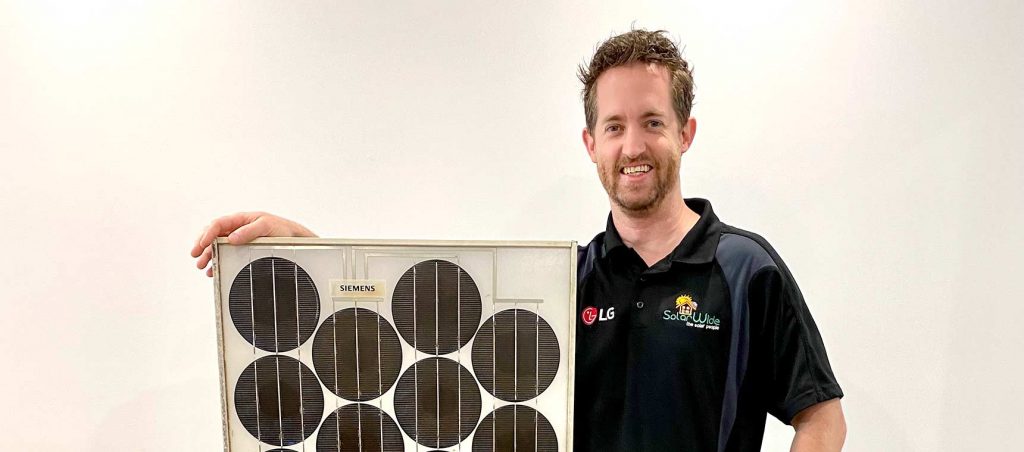
- Cheaper Manufacturing; Manufacturing cost reductions have also resulted in more affordable panels. Over the last 20 years, China, in particular, has made massive investments in all sectors of the solar industry.
This is primarily due to the fact that Chinese solar panel manufacturers benefit not only from generous government subsidies but also from low labour costs. The combination of low labour costs and government investment has resulted in China’s rapid rise as an industry leader. However, competitor solar panel manufacturers have also been frustrated by the low panel costs due to the decrease in quality China has caused in the overall solar market.
- Decline in soft costs; Soft costs are the costs that are not directly related to the purchase of solar panels, inverters, or other equipment which have also dropped dramatically over the last 20 years.
The installation process itself results in cost savings. Panels have a higher wattage than they had 20 years ago, mounting systems are simpler to use, and installers have far more experience. This has resulted in a significant reduction in installation times. A typical panel installation takes about four to 8 hours today; a decade ago, the same installation would have taken closer to 16 hours.
- Government incentives; It is known that in Australia the Federal Government, as well as some states such as for example Victoria and South Australia provide government incentives that allow for cheaper purchases for both solar and batteries. This has caused a decrease in the overall prices of solar system purchases.
Due to these many factors, the prices of solar panels, inverters, racking and solar PV systems, in general, have dramatically decreased over the years.
It is estimated by industry experts that the price curve has now reached a plateau, and as the Federal Rebate is reduced every year on the 31st of December by around 15%, there is no better time to purchase solar than NOW. Contact Solarwide today.


